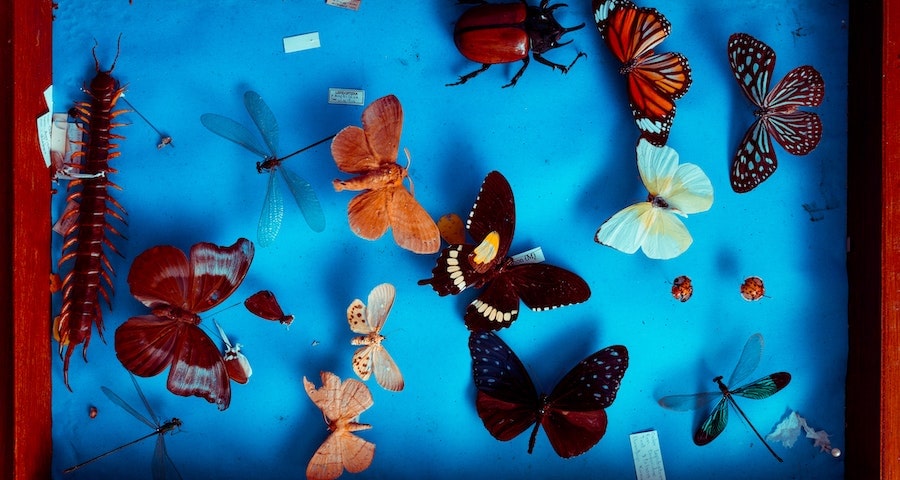
Centipedes and millipedes are often encountered indoors or outdoors, and they can be quite terrifying to some people due to their appearance and unpredictability.
While centipedes and millipedes may look similar and belong to the same group of multi-legged creatures, they have different characteristics, behaviors, and habitats. One of the most common questions people have about centipedes and millipedes is whether they are dangerous to humans.
In this blog post, we will explore the facts and myths about centipedes and millipedes, and discuss their potential harm to humans.
Centipedes are elongated, flat-bodied arthropods with one pair of legs on each body segment. Centipedes are predators that use venom to subdue their prey, such as insects, spiders, and even small vertebrates. The venom is not usually fatal to humans, except for a few species found in Asia and South America.
However, the venom can cause pain, swelling, redness, nausea, and dizziness. Centipedes are often found under rocks, logs, and debris, but they can also enter homes through cracks and gaps in walls, doors, and windows.
Centipedes are most active at night and prefer damp and dark environments, such as basements, bathrooms, and kitchens. If you encounter a centipede, it is best to avoid touching it and to seek medical attention if bitten.
Millipedes are also elongated, but they have more legs and body segments than centipedes. Millipedes are detritivores that feed on decaying organic matter, such as leaves, wood, and soil.
Millipedes do not have venom, but they can secrete a foul-smelling liquid from their spiracles as a defense mechanism against predators. The liquid can cause skin irritation, especially in sensitive individuals, and can stain clothing and surfaces.
Millipedes are usually harmless to humans, and they have a low risk of carrying diseases or parasitic infections. Millipedes are often found in moist and shaded areas, such as gardens, forests, and compost piles.
Millipedes are most active at night and during wet weather, and they can sometimes invade homes in large numbers, especially in the fall and spring.
The perception of danger from centipedes and millipedes is largely influenced by cultural beliefs, personal experiences, and media portrayals. Some people consider centipedes and millipedes as pests that should be eliminated from their environment, while others appreciate them for their ecological roles and aesthetic value.
In general, centipedes and millipedes pose little threat to humans, and most encounters with them result in no harm or inconvenience. However, it is important to be aware of the potential harm that centipedes and millipedes can cause and to take precautions such as wearing gloves and boots, sealing cracks and gaps, and using pest control methods if necessary.
Conclusion
In conclusion, centipedes and millipedes are fascinating and diverse creatures that play important roles in ecosystems and biodiversity. While centipedes have venomous bites and millipedes have defensive secretions, most species of centipedes and millipedes are benign to humans and can even be beneficial as predators or decomposers.
By understanding the characteristics, behaviors, and habitats of centipedes and millipedes, we can appreciate their diversity and minimize the risks of encounters with them.
If you have concerns about centipedes and millipedes in your home or garden, consult a pest control professional or an entomologist for advice and solutions.
